Art World
Carolyn Christov-Bakargiev and Other Curators Went Shopping at Turin’s Artissima Art Fair
With foundation funds to be spent at the fair, Carolyn Christov-Bakargiev went all-out on institutional acquisitions.
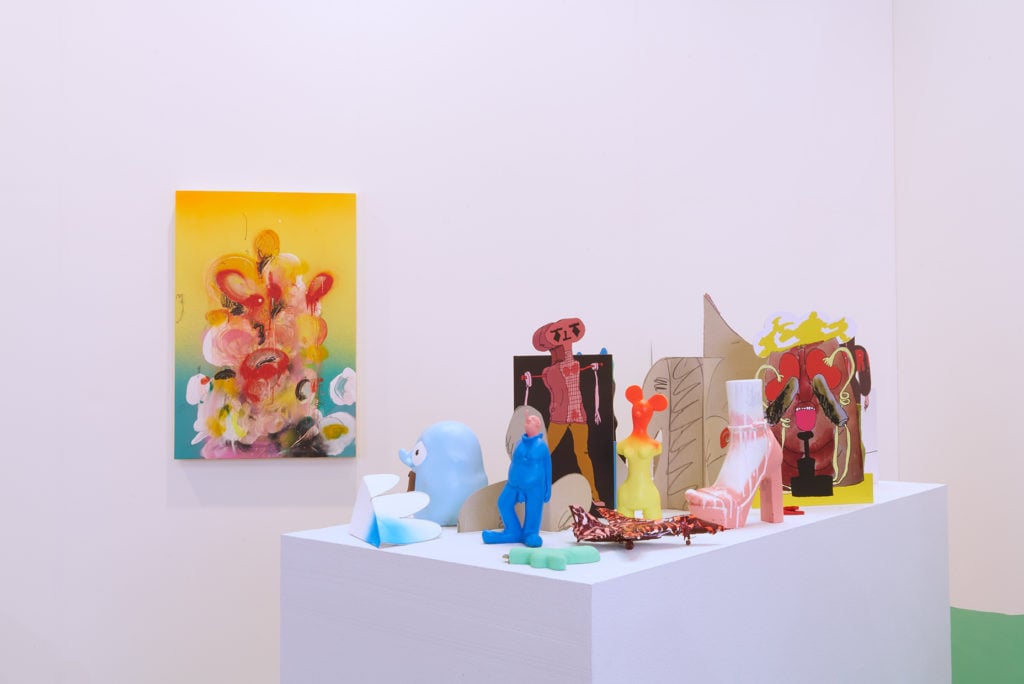
With foundation funds to be spent at the fair, Carolyn Christov-Bakargiev went all-out on institutional acquisitions.

Naomi Rea

The 24th edition of Artissima art fair came to a close last night in the breathtaking Piedmont city of Turin, at the foot of the alps in Northern Italy.
Thanks to its keen curatorial emphasis, Artissima has, since its inception in 1993, become known internationally as a key event on the European cultural scene. Last year the fair attracted 50,000 visitors, and this year welcomed 2,000 more, as a discerning Italian audience and international collectors descended on the booths of 206 galleries from 32 countries, appraising the work of over 700 artists.
For its 2017 edition, the fair was once again sited in the city’s Oval Pavilion, a 20,000-square-meter ice stadium designed for the 2006 Winter Olympics. There were 12 more galleries than last year, which speaks to the profile of incumbent director Ilaria Bonacossa, who has taken over from Artissima veteran Sarah Cosulich and will steer the fair through its next three iterations.

Artissima director Ilaria Bonacossa. Photo: ©Silvia Pastore, courtesy Artissima 2017.
With 19 years of experience at museums under her belt, the art historian and curator, who was appointed in late 2016, spoke to artnet News about the changes wrought in this year’s edition of the fair. “The team of Artissima is the same and they’re great,” she said. “But I changed the curator teams a bit, for curators who are not so institutional, because I wanted the fair to be really cutting-edge and about discovering talent, and that’s more difficult for curators who are inside institutions.”
On opening day, the early hours of the fair were comparatively calm, and artist Eliza Douglas, who was presenting new works at Air de Paris from the same series that was recently shown at Galerie Buchholz in New York, commented to artnet News that it was pretty mellow compared to other fairs. Indeed, the VIPs attending the vernissage seemed more interested in the offerings of the Lago Bistrot than the booths, but here, deals get closed over the weekend.
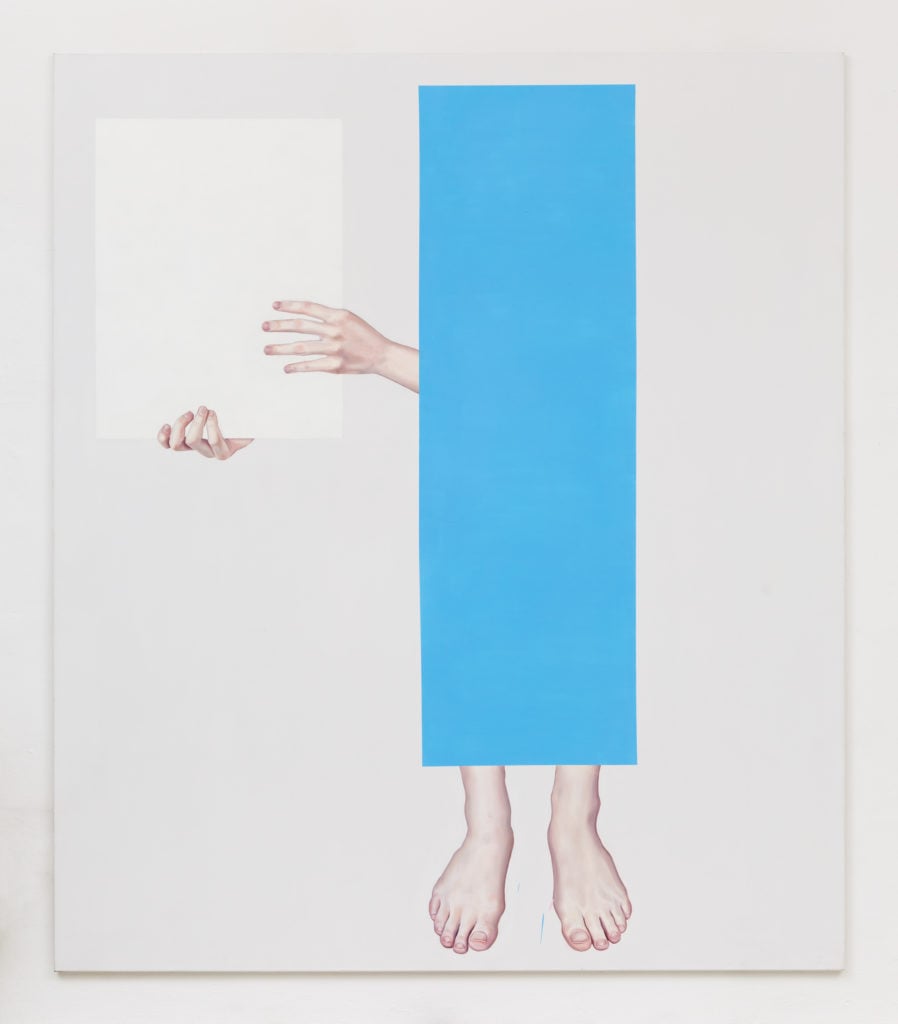
Eliza Douglas, The Snowy Mountains of the World (2017). Photo: ©Ivan Murzin, courtesy Air de Paris.
As Artissima has established a reputation for discovering new talents, all eyes were on the exciting Present Future section, a platform for emerging artists who have either made work specially for the fair or are showing projects in Europe or Italy for the first time. The coveted illy Present Future prize, awarded since 2012, offers its winner a solo exhibition in the jaw-dropping site of the Castello di Rivoli.
Brit star Cally Spooner took the prize for her sound installation at GB Agency + Zero, Soundtrack for a Troubled Time and Notes on Humiliation (2017). Speaking to artnet News directly after her win, Spooner said: “It feels great and I’m surprised! There were brilliant artists in the section. Then, it was always going to be a bit of a challenge to present well a sound work in a fair, so I’m especially glad it worked out.”
Chosen by SculptureCenter’s executive director and curator Mary Ceruti, the tireless Carolyn Christov-Bakargiev, and Steirischer Herbst festival curator Luigi Fassi, Spooner became the fourth female winner of the new artist prize in a row, after Rachel Rose, Cécile B. Evans, and Alina Chaiderov. “That is good news! We need to keep going with that,” said Spooner of the developing trend.
Along with Spooner’s sound installation, Carolyn Christov-Bakargiev also acquired several video works for the Castello di Rivoli: a 2008 film by Rossella Biscotti from Prometeo Gallery, another by Mario Garcia Torres from Galleria Franco Noero, and a third work by James Richards from Isabella Bortolozzi, Radio at Night, which premiered at the Walker Art Center in 2015.
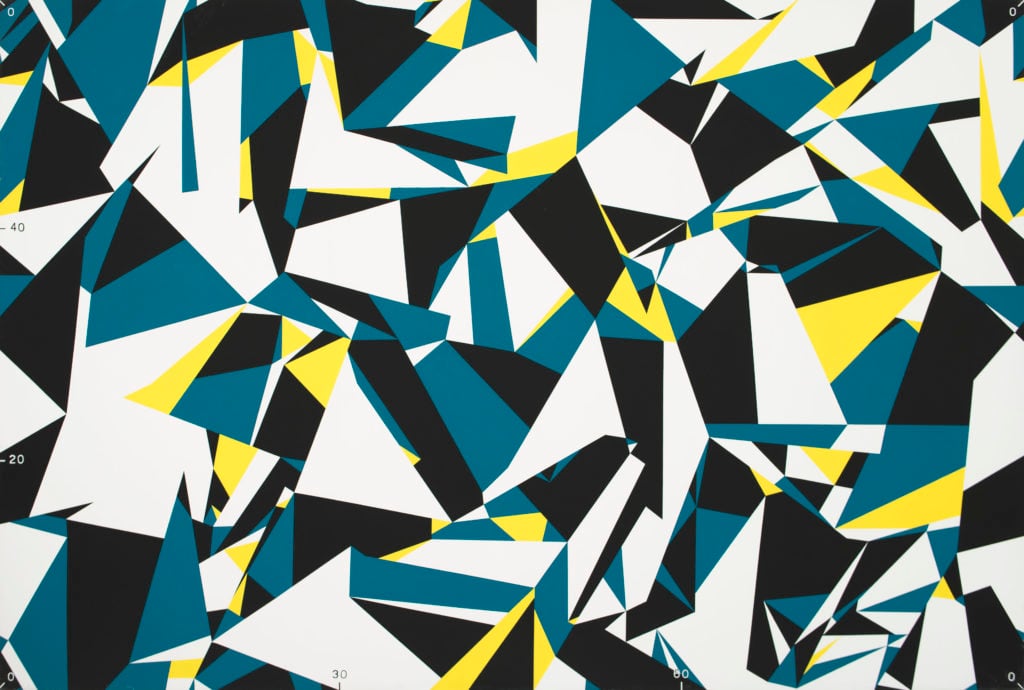
Sergio Lombardo, Stocastica HIQ-SAT (1987). Photo: Giorgio Benni, courtesy 1/9unosunove and the artist.
For the GAM, which she also heads, Christov-Bakargiev picked up a couple of Sergio Lombardo’s 1980s stochastic paintings, created by use of algorithms, from 1/9unosunove. Gallery manager Eugenia Carabba told artnet News these sold for around €75,000 and €25,000. GAM also added two Laura Grisi works from the late ‘60s to its permanent collection, and Philip Corner’s 1989 Passages Between the Material and the Spirit.
The Lombardo works expended a third of the €300,000 total budget allotted by the Foundation for Modern and Contemporary Art CRT for acquisitions, with the other two-thirds being spread over the Grisi and Corner works for the GAM and the video works acquired for Castello di Rivoli.
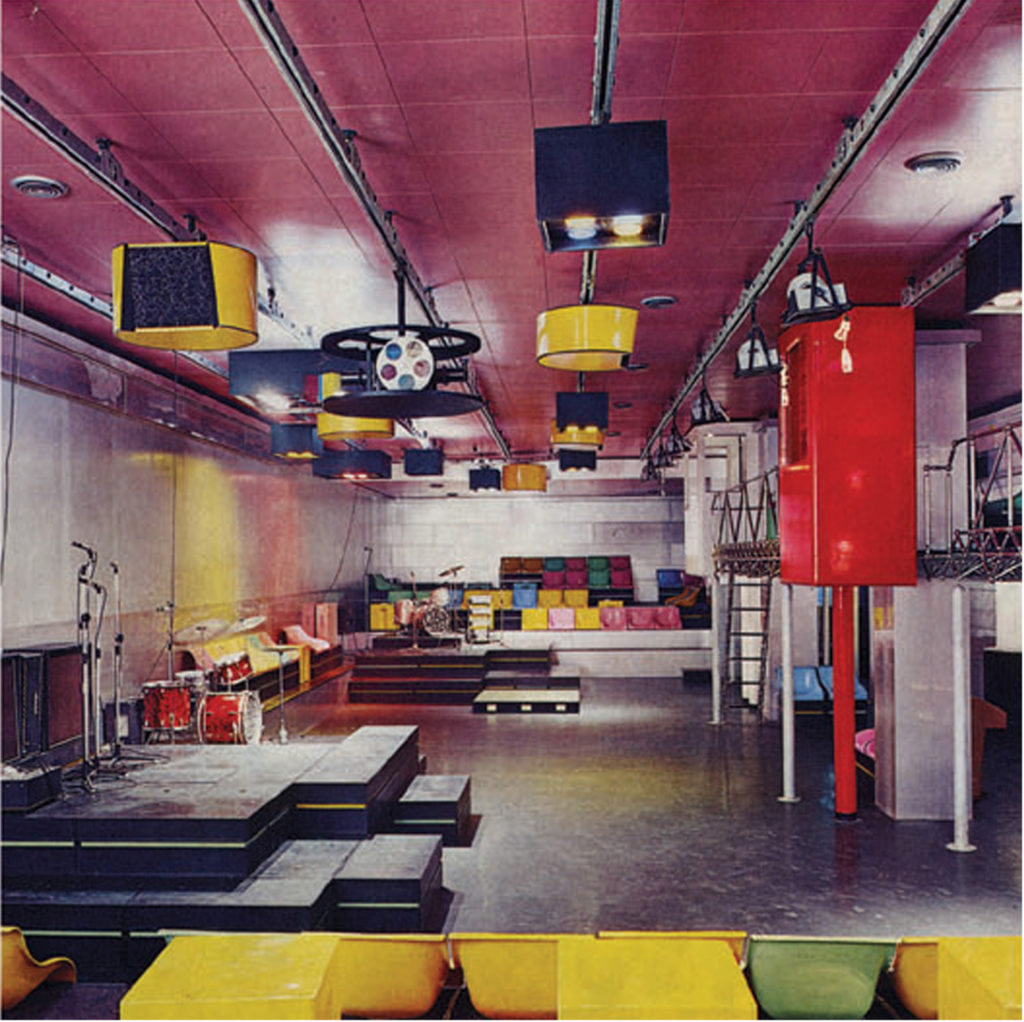
Courtesy Archivio Derossi, Torino.
This year’s special projects were linked to Turin’s status as the cradle of Arte Povera, as 2017 marked half a century since the first major Arte Povera show in the city. Bonacossa explained that she wanted to capture the avant-garde spirit of the movement by evoking two experiences from that period—the Piper nightclub, and the legendary Deposito dell-Arte Presente—inside the fair.
Music boomed from the first of these sections, in which a talks initiative and an experimental school replaced the fair’s relatively young Per4ma section. Elsewhere, the Deposito riffed a warehouse space opened in 1967 that was rented and refurbished by young Arte Povera artists so they could present their works outside of “bourgeois” spaces, showcasing contemporary Italian artists.
The second iteration of the Dialogue project, where works of two or three artists are shown in dialogue with each other, was another highlight. Vienna’s gallery Steinek placed Renate Bertlmann, who has seen a resurgence of interest in the past four years (and notably featured in Frieze London’s “Sex Work” section this year) alongside two other feminist artists of subsequent generations: Natalia LL and Jana Sterbak.
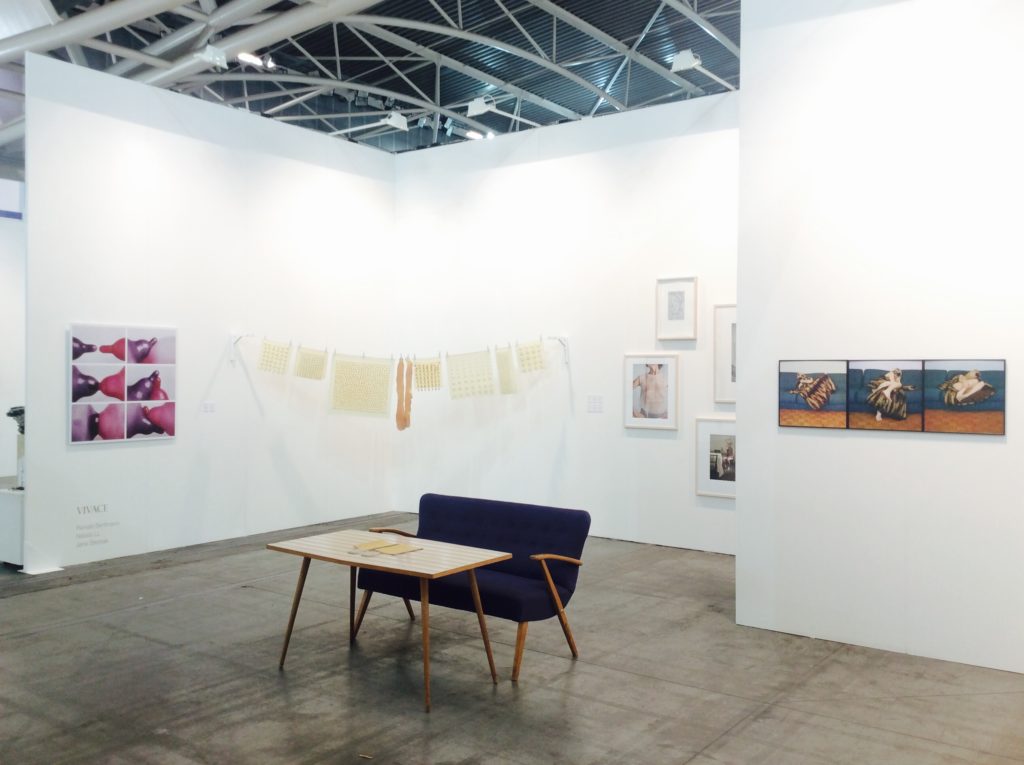
Galerie Steinek’s booth at Artissima. Photo courtesy galerie Steinek.
Gallerist Carol Tachdjian told artnet News the presentation was titled “Vivace,” after a group exhibition curated at the gallery two years ago. The word references the upbeat, “lively” musical tempo, as well as the french term “plante vivace,” perennial plants which, like the feminist artists, are also able to survive under adverse conditions.